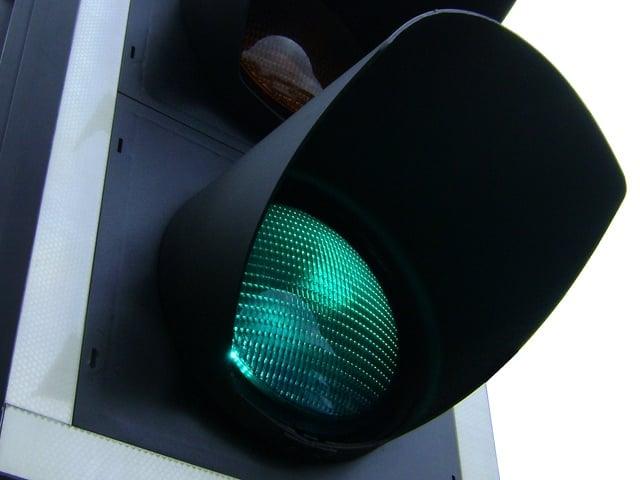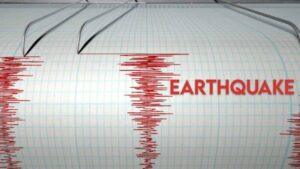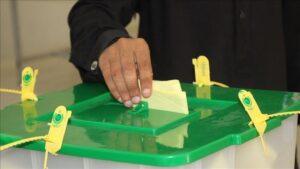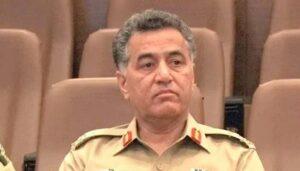LAHORE:
In 2009, the government decided to replace the British-era lever and cable system, also known as kanta, with a digital, electrically operated alternative to prevent daily accidents and ensure timely arrival of trains. However, even after more than 15 years and a budget hike of nearly Rs 7 billion, the project, which has become a white elephant for the railways, is yet to reach completion.
It is worth mentioning that there is a manual signaling system from Lodhran to Rohri and Sukkur and from Shahdara to Rawalpindi, Faisalabad and Peshawar. In the manual system, the movement of vehicles is controlled by pulling a lever by hand, while rail traffic is managed by green and red lights and colored flags.
Pakistan Railways sources revealed that the digital signaling system was to be installed in 2013, but due to lack of funds, the project could not be completed. Under the project, 31 railway stations from Lodhran to Shahdara would be connected; However, due to poor strategy, untrained officials, lack of staff, and electricity problems, the project suffered delays.
Tariq Rasheed, a passenger traveling from Lahore to Multan, revealed that a few days ago, electricity was cut off on the main line at Chichawatni station due to non-payment of electricity dues. “As a result, the digital signage system stopped working and we had to wait for hours,” Rasheed lamented.
Similarly, Shahid Nazir, another passenger traveling from Lahore to Okara, revealed that the digital signage system was not working due to non-payment of electricity bills at Okara railway station. “As the trains were delayed, the passengers had to suffer a lot,” said Nazir, who felt that the operation of the trains should be restored for the convenience of the passengers.
According to the former chief electrical engineer of Pakistan Railways, the modern computerized signaling system of Pakistan Railways has now become a bone stuck in the throat of the railways. “Dozens of trains are delayed for several hours due to daily breakdowns, while trains have to use more petroleum products due to inefficient crossing. The new system has only been installed at 60 percent of the stations on the main line “If this digital signaling system runs on high-power electricity, how can it be expected to work when there is no power at the station?” exclaimed the former chief, who also revealed that in the last year the electrical connections of more than 10 railway stations had been cut, which were later restored.
Likewise, officials of the Railway Workers Union confirmed that due to various obstacles, the project could only be completed up to Chichawatani. “Valuable equipment is present in several railway stations and tunnels, which has led to reports of theft,” officials said. On the other hand, Pakistan Railways officials maintained that the electricity bills had been paid and the digital signaling system had been restored.




